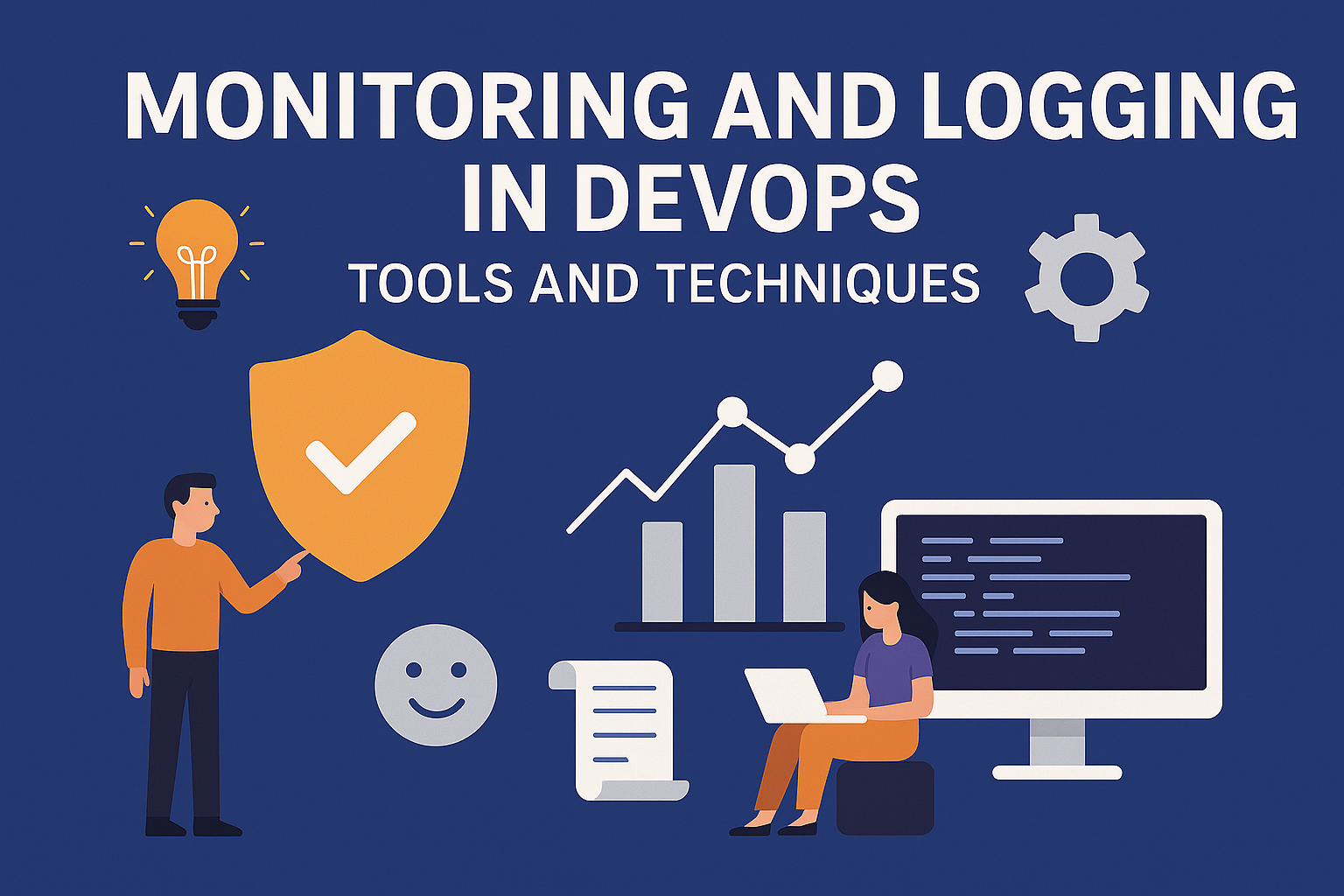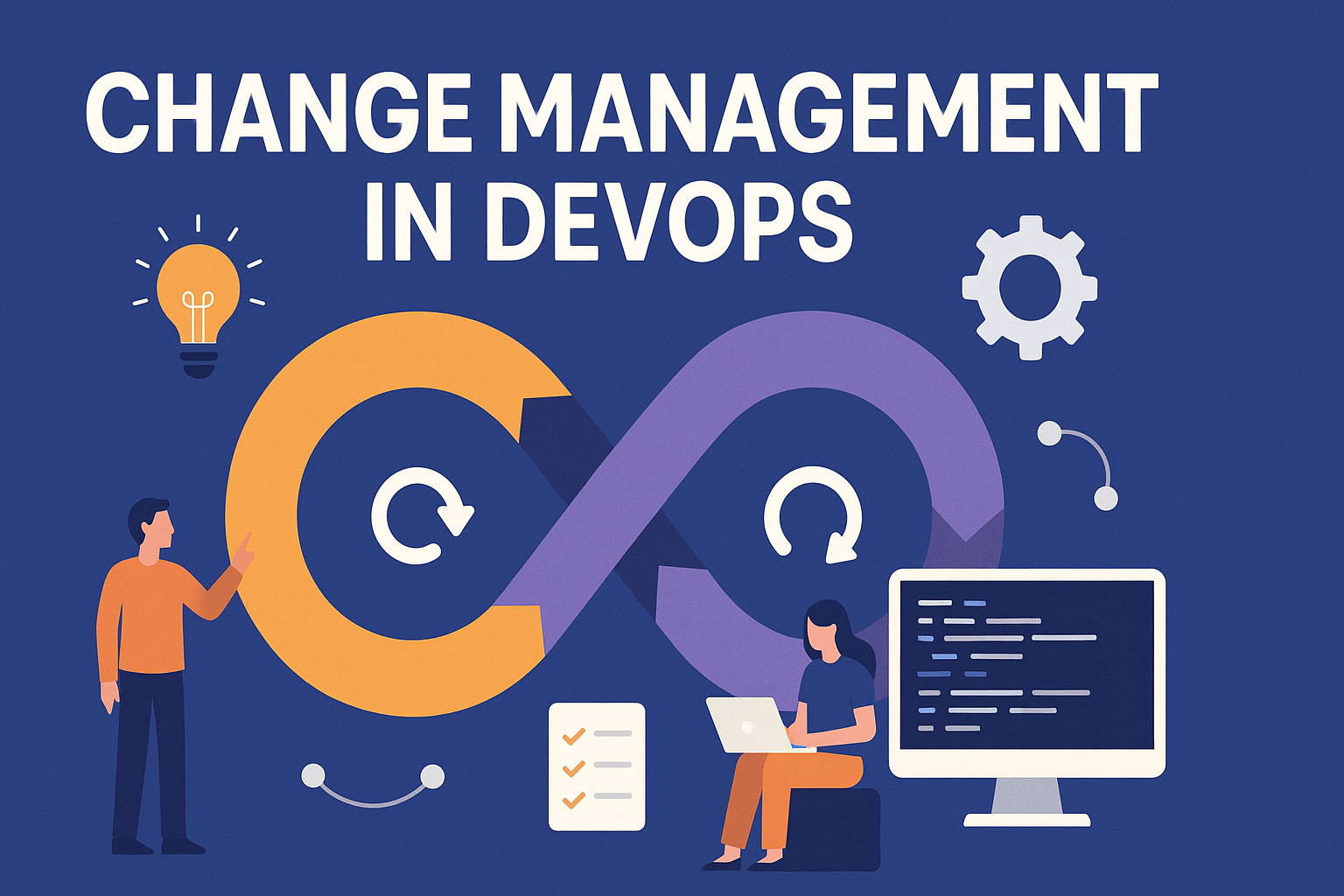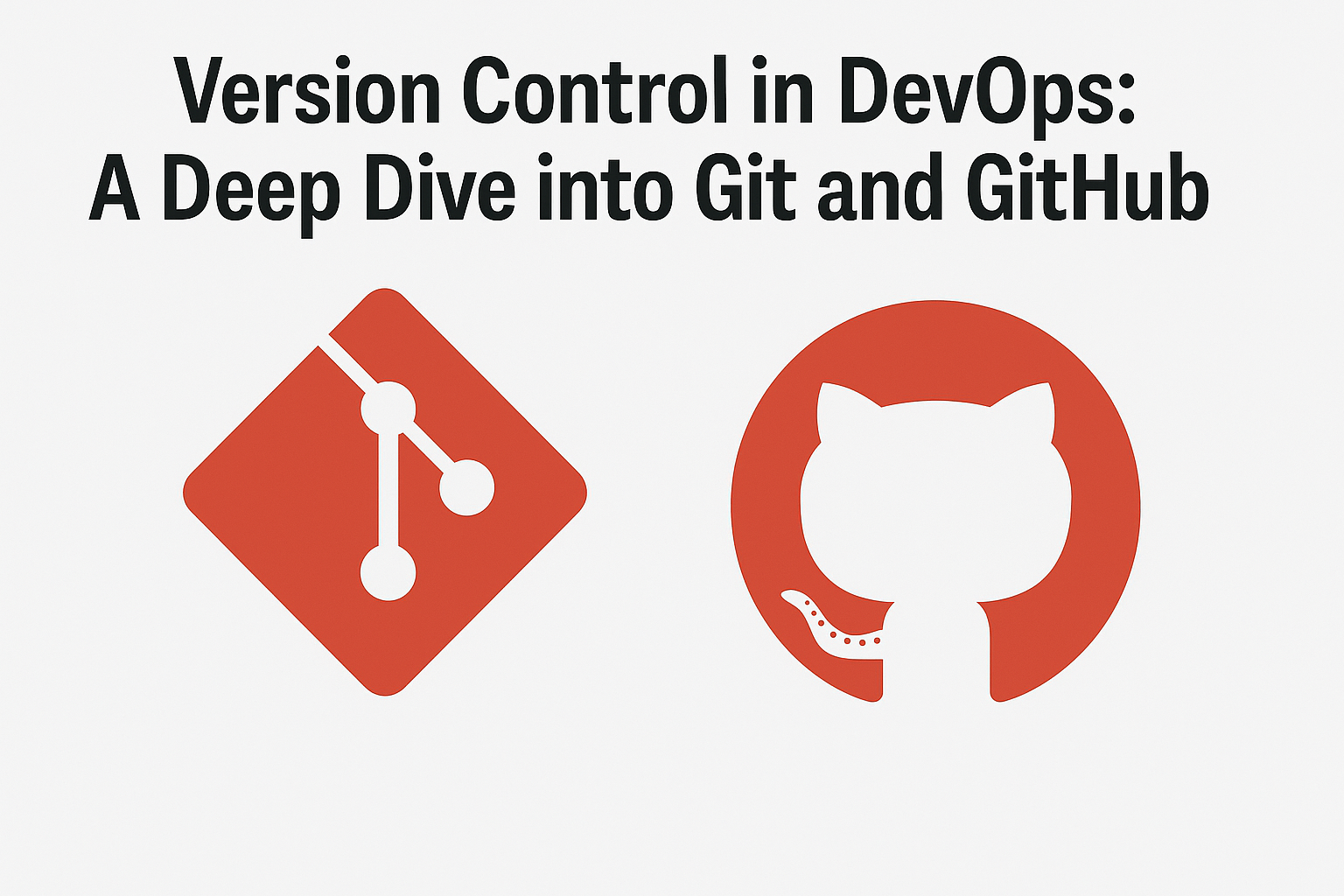Unveiling the Tapestry of Intelligence: Humans vs AI
Mon, 19 May 2025

Follow the stories of academics and their research expeditions

In the fast-paced world of DevOps, where agility and efficiency are paramount, monitoring and logging play pivotal roles in ensuring the smooth operation of systems and applications. These practices provide insights into performance, identify issues, and facilitate rapid problem resolution. In this blog post, we'll delve into the significance of monitoring and logging in DevOps and explore some essential tools and techniques.
Monitoring allows DevOps teams to detect issues before they impact end-users. By continuously tracking key metrics such as system performance, resource utilization, and response times, teams can identify anomalies and potential bottlenecks.
Logging provides detailed information about system behavior. Analyzing logs helps teams understand how applications are performing, enabling them to optimize code and infrastructure for better efficiency.
When issues do arise, logs are invaluable for conducting root cause analysis. They provide a timeline of events leading up to a problem, helping teams quickly identify the source of issues and implement targeted fixes.
Both monitoring and logging contribute to data-driven decision-making. DevOps teams can use insights gained from monitoring and logs to make informed choices about infrastructure scaling, resource allocation, and code improvements.
A widely adopted open-source monitoring system, Prometheus excels at collecting and querying metrics. Its flexible data model and powerful query language make it a favorite among DevOps professionals.
Grafana complements Prometheus by providing a visually appealing and customizable dashboard. It allows teams to create interactive and shareable dashboards, facilitating effective data visualization.
Datadog is a cloud-based monitoring and analytics platform that integrates with various technologies. It offers features such as real-time alerting, log management, and application performance monitoring.
ELK Stack is a popular choice for centralized logging. Elasticsearch stores and indexes logs, Logstash processes and filters log data, and Kibana provides a user-friendly interface for log exploration and analysis.
Splunk is a comprehensive platform for searching, monitoring, and analyzing machine-generated data. It offers powerful search capabilities and customizable dashboards for effective log analysis.
Fluentd is an open-source data collector that unifies log data across diverse sources. It supports easy log forwarding and can integrate with various storage and analytics tools.
1. Define Key Metrics
Identify the critical metrics that align with business goals. Whether it's response times, error rates, or resource utilization, monitoring should focus on what matters most.
2. Implement Effective Alerting
Configure alerts based on thresholds and anomalies. Effective alerting ensures that the team is notified promptly when issues arise, allowing for swift action.
3. Regularly Review and Update Logging Configurations
As applications evolve, so should logging configurations. Regularly review and update log settings to capture relevant information without overwhelming the system with unnecessary data.
4. Collaborate Across Teams
Monitoring and logging are not siloed activities. Foster collaboration between development, operations, and security teams to ensure a holistic approach to system observability.
In conclusion, monitoring and logging are indispensable components of the DevOps lifecycle. By leveraging powerful tools and adopting best practices, DevOps teams can gain real-time insights, troubleshoot issues effectively, and continuously improve the performance of their systems and applications.
Mon, 19 May 2025

Fri, 16 May 2025

Fri, 16 May 2025

Leave a comment